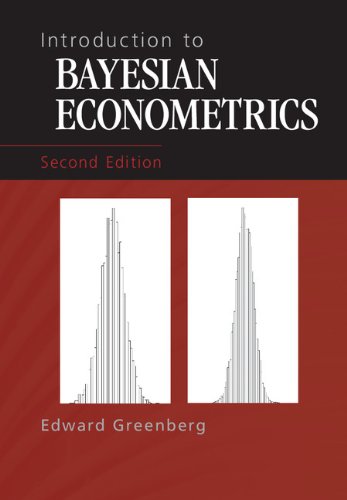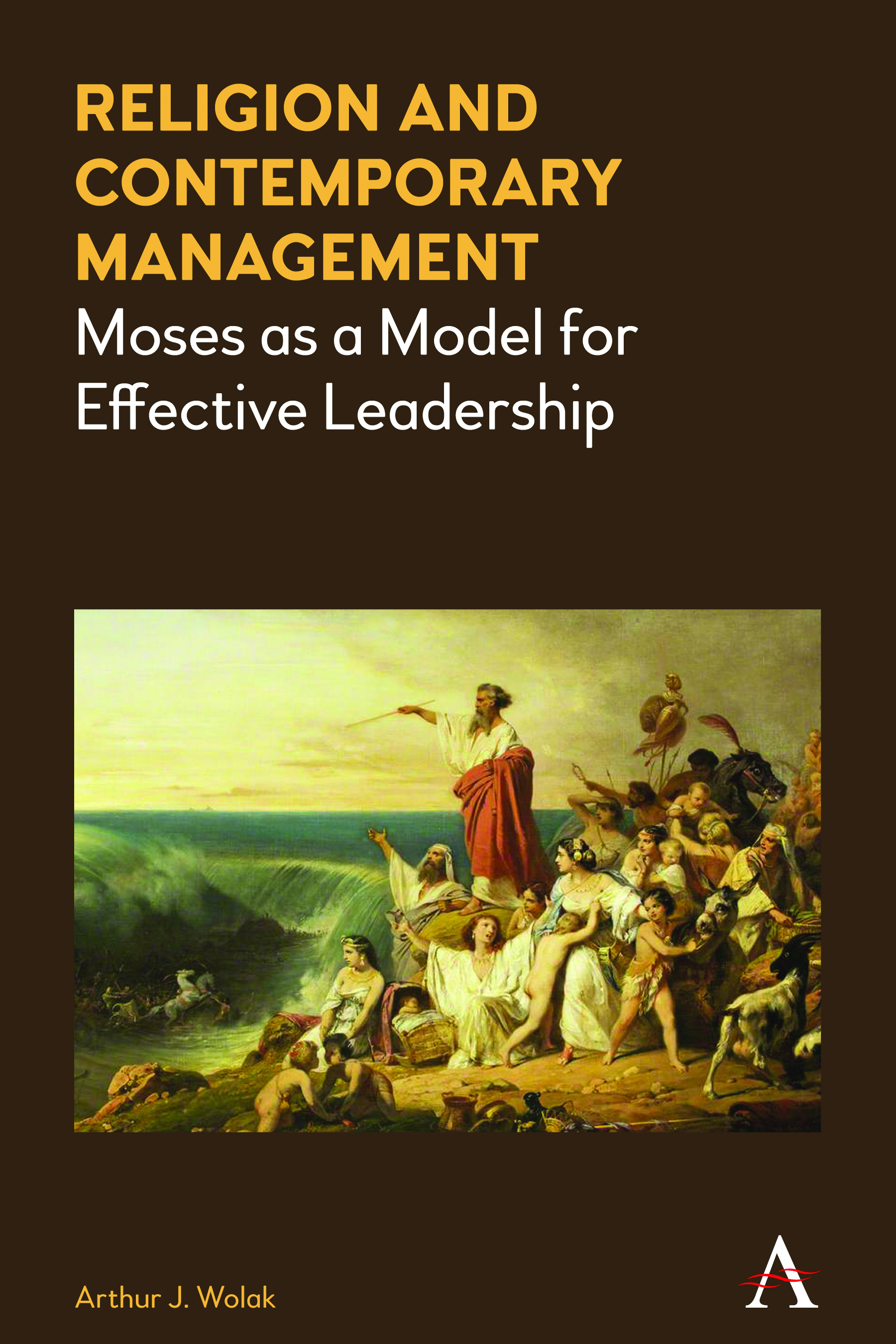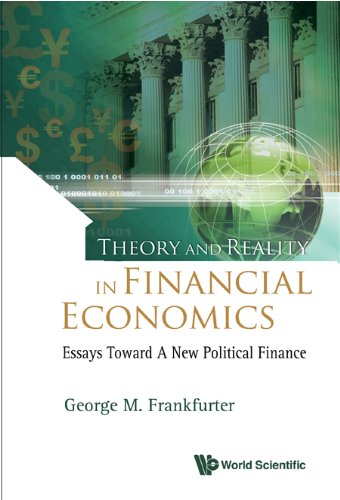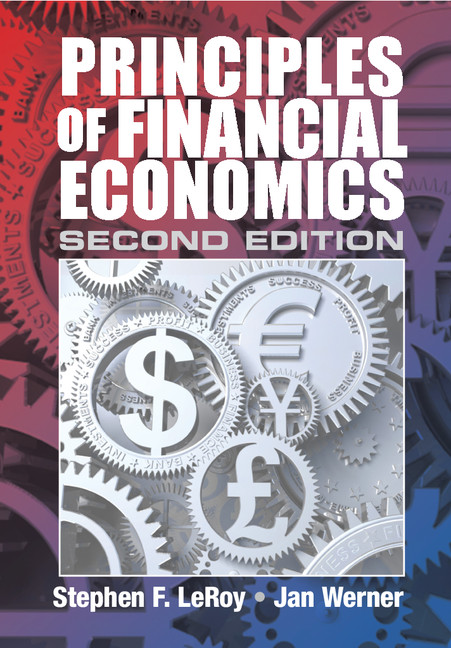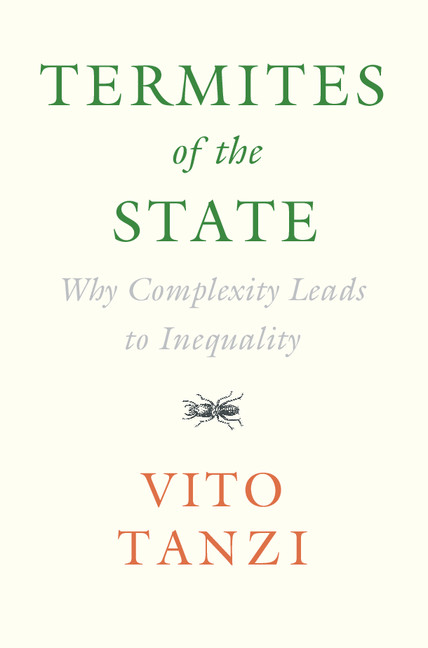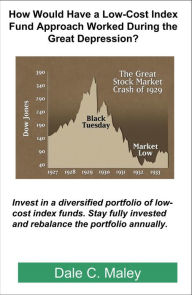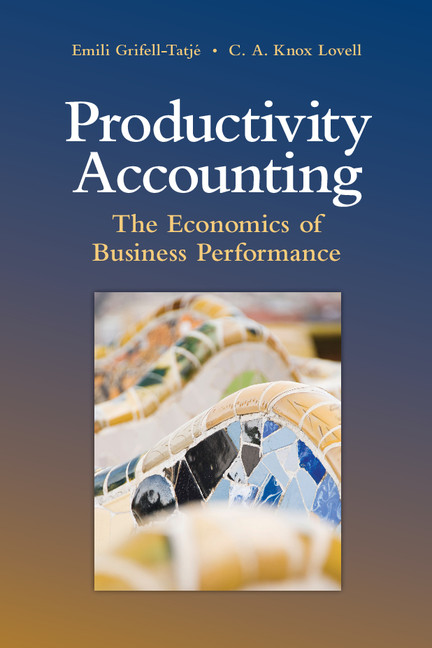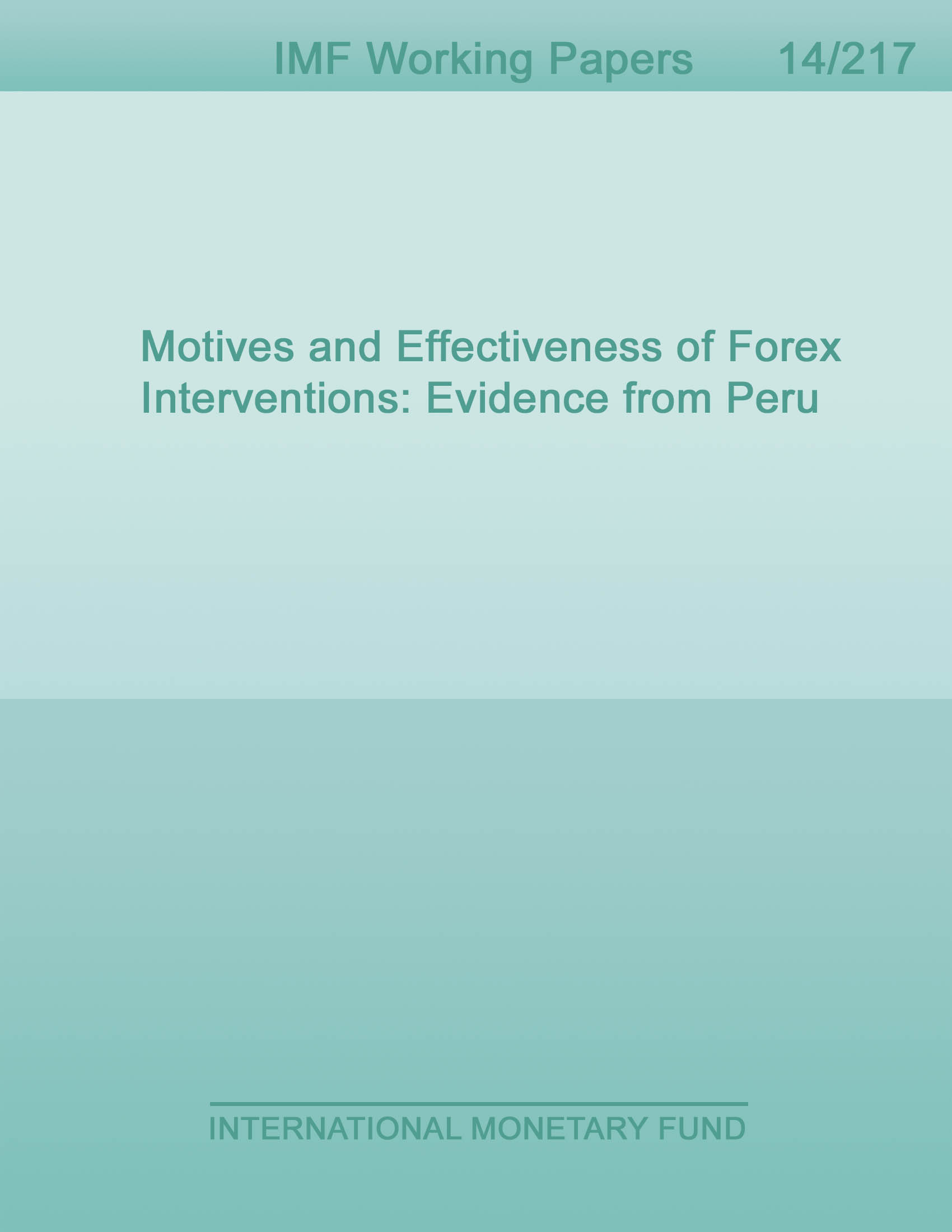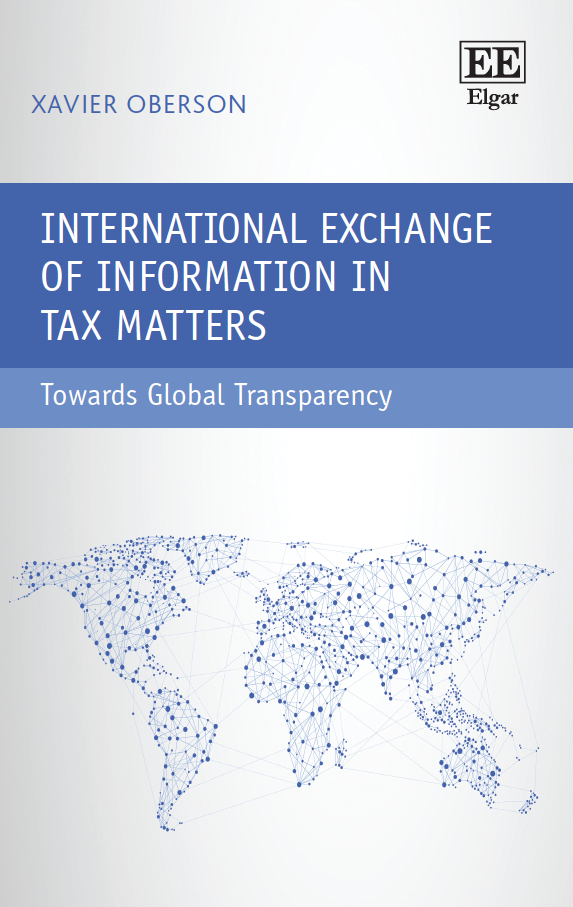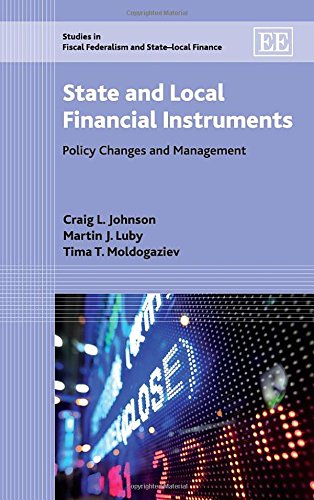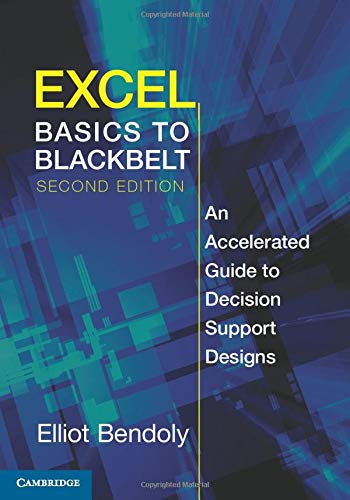Introduction to Bayesian Econometrics
by Edward Greenberg
2020-08-25 09:16:06
Introduction to Bayesian Econometrics
by Edward Greenberg
2020-08-25 09:16:06
This textbook, now in its second edition, is an introduction to econometrics from the Bayesian viewpoint. It begins with an explanation of the basic ideas of subjective probability and shows how subjective probabilities must obey the usual rules of p...
Read more
This textbook, now in its second edition, is an introduction to econometrics from the Bayesian viewpoint. It begins with an explanation of the basic ideas of subjective probability and shows how subjective probabilities must obey the usual rules of probability to ensure coherency. It then turns to the definitions of the likelihood function, prior distributions, and posterior distributions. It explains how posterior distributions are the basis for inference and explores their basic properties. The Bernoulli distribution is used as a simple example. Various methods of specifying prior distributions are considered, with special emphasis on subject-matter considerations and exchange ability. The regression model is examined to show how analytical methods may fail in the derivation of marginal posterior distributions, which leads to an explanation of classical and Markov chain Monte Carlo (MCMC) methods of simulation. The latter is proceeded by a brief introduction to Markov chains. The remainder of the book is concerned with applications of the theory to important models that are used in economics, political science, biostatistics, and other applied fields. New to the second edition is a chapter on semiparametric regression and new sections on the ordinal probit, item response, factor analysis, ARCH-GARCH, and stochastic volatility models. The new edition also emphasizes the R programming language, which has become the most widely used environment for Bayesian statistics.
Less


